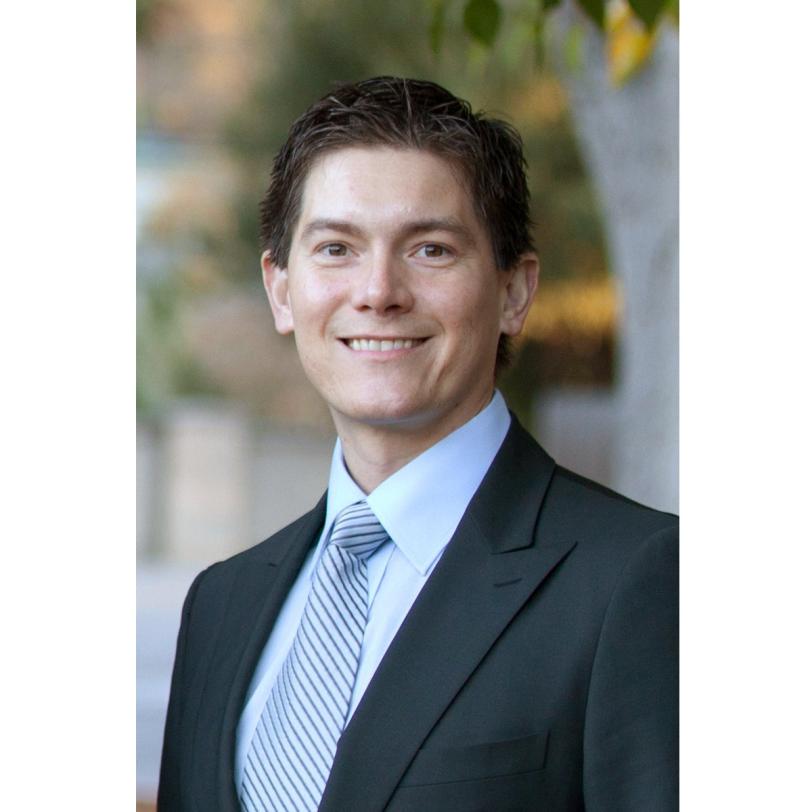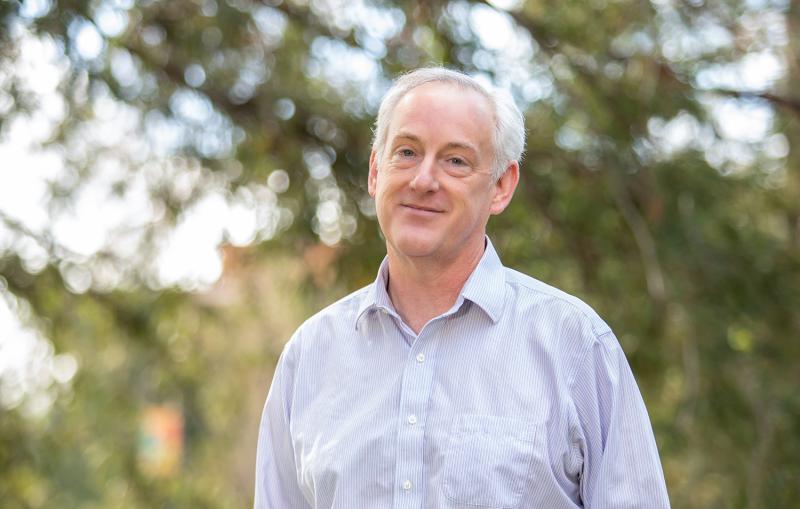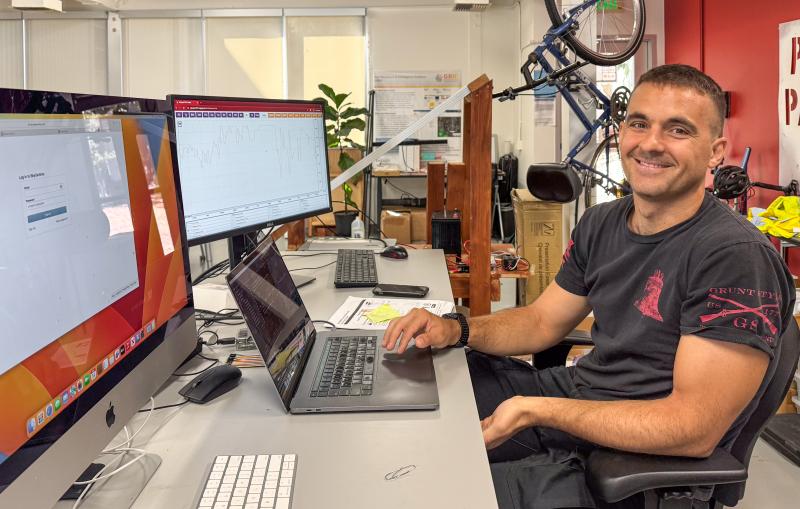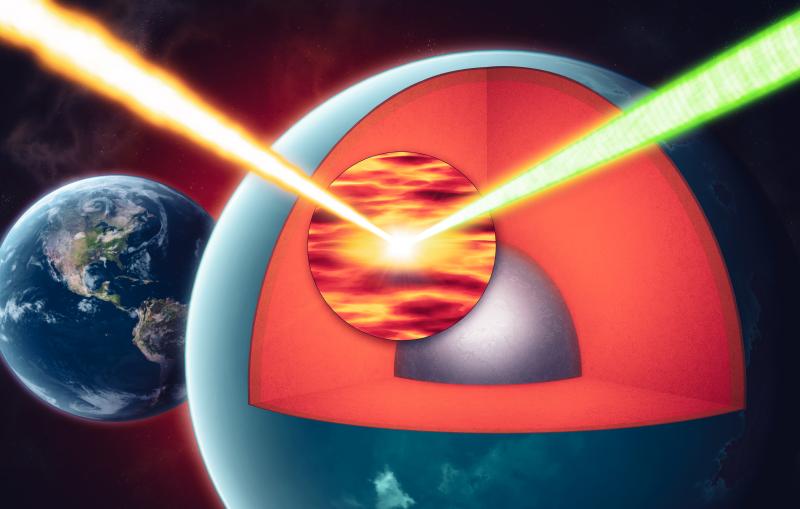Thomas F. Jaramillo Named Deputy Director of SUNCAT
Stanford researcher Thomas F. Jaramillo has been named SUNCAT’s new deputy director for experiments. He succeeds SLAC’s Anders Nilsson.
Thomas F. Jaramillo, a Stanford University assistant professor of chemical engineering, has been named deputy director for experiments of the SUNCAT Center for Interface Science and Catalysis, effective July 1. The 38-year-old researcher joined SUNCAT in 2012.
“Tom is bringing fantastic experimental leadership,” said SUNCAT Director Jens Nørskov. “He will be in charge of a new and exciting era of developing methods to synthesize, test and characterize catalytic materials.”
SUNCAT, a partnership between SLAC and Stanford’s Department of Chemical Engineering, addresses today’s pressing global challenges of sustainable energy production and storage.
“We want to understand how catalysts work on the atomic and molecular scales in order to design next-generation catalytic materials with better properties,” Jaramillo said. “At SUNCAT, we use an extremely powerful combination of theoretical predictions and experimental validations, which puts us in an excellent position to accomplish this mission. My role will be to expand the resources and science in the field of experimental catalysis.”
SLAC will take center stage in Jaramillo’s strategic plan. “The future of catalysis research at SLAC is very bright. Its X-ray facilities provide us with amazing tools that allow us to characterize new catalysts,” he said. “These tools also enable us to determine how catalysts change before, during and after the course of a reaction, which is crucial for our understanding of how catalysts actually operate.”
In his own research, Jaramillo looks for new pathways for sustainable and eco-friendly energy production, such as sunlight-driven chemical reactions that produce renewable hydrogen fuel from water and carbon-based fuels from carbon dioxide. His work has been recognized by the Resnick Sustainability Institute at the California Institute of Technology with this year’s Resonate Award.
A native of Puerto Rico, Jaramillo moved to California at the age of 18 to pursue studies in chemical engineering. After earning a bachelor’s degree from Stanford, he continued his studies at the University of California-Santa Barbara, where he obtained a master’s degree and PhD.
Jaramillo credits his PhD supervisor, Eric McFarland, with sparking his interest in catalysis. “At a time when gasoline was still inexpensive, Eric had already predicted that environmentally sustainable and cost-effective energy production would become more important in the near future,” he said. He later pursued postdoctoral research in experimental catalysis in Ib Chorkendorff’s group at the Technical University of Denmark. During this period, he also began to collaborate closely with Nørskov.
In 2007, Jaramillo finally returned to Stanford, where he had the opportunity to start his own research group. He will be promoted to associate professor with tenure later this year.
Jaramillo succeeds Anders Nilsson, who had been deputy director for experiments since SUNCAT’s founding four years ago. Nilsson, a 14-year SLAC veteran, will be returning to his home country, Sweden, for a position at Stockholm University. “Tom is an excellent person to carry forward SUNCAT’s experimental program,” Nilsson said. “I am very pleased that he has taken on this task.”
Contact
For questions or comments, contact the SLAC Office of Communications at communications@slac.stanford.edu.
SLAC is a multi-program laboratory exploring frontier questions in photon science, astrophysics, particle physics and accelerator research. Located in Menlo Park, Calif., SLAC is operated by Stanford University for the U.S. Department of Energy's Office of Science.
The SUNCAT Center for Interface Science and Catalysis is a partnership between SLAC National Accelerator Laboratory and Stanford University. SUNCAT explores the atomic-scale design of catalysts for chemical processes related to energy conversion and storage. For more information, please visit suncat.slac.stanford.edu.
SLAC National Accelerator Laboratory is supported by the Office of Science of the U.S. Department of Energy. The Office of Science is the single largest supporter of basic research in the physical sciences in the United States, and is working to address some of the most pressing challenges of our time. For more information, please visit science.energy.gov.






